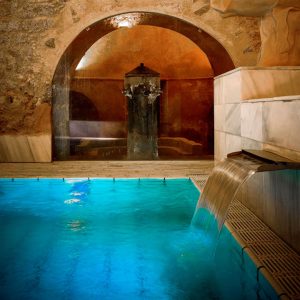Hervás, an amazing town
Portada » Hervás, an amazing town
Hervás is a captivating town that’s full of surprises. Visitors often have preconceived notions of the town’s Jewish heritage and a somewhat blurred sense of its geographical and historical location, given its position on the border between the Kingdom of León and Extremadura. These notions stay with them as they discover a humanised crafted to the rhythm of a visionary, modern, and cosmopolitan spirit.
Today, the town and its inhabitants proudly assume the Jewish heritage, converted by tradition into a character trait, but that was not always the case. It took courage, time, and cultural maturity to finally dispel the stigma that lingered in the air as an insult for so long: “In Hervás, mostly Jews.”
The Jewish Quarter, a testament to humble and stoic survival, owes its preservation to generations of residents and stands as the town’s most recognisable symbol. Yet it is nature, the landscape, and its sustainable use that have truly shaped the identity of the people of Hervás. Both aspects earned official recognition of their value when the Jewish Quarter was declared a Historic-Artistic Site in 1969, and the Castañar Gallego Public Forest was designated a Protected Landscape of Extremadura in 2015.
The recognition of Hervás’ heritage affirmed its resilience and highlighted the value of interculturality. It also put the spotlight on a number of significant landmarks: the churches of St. Mary of Aguas Vivas and the Convent of the Discalced Trinitarians of St. John Baptist of the Conception, the House of Dávila with its valuable collection of sculptures and paintings by Enrique Pérez Comendador and Madeleine Leroux, the old Franciscan Infirmary of Abadía, the columns of the foundational hermitage, and the medieval bridge in Fuente Chiquita. This remarkable recognition, whilst illuminating certain aspects, has overshadowed other noteworthy treasures – hidden gems that curious travellers can uncover for their own enjoyment and personal growth.
And just as the life-sustaining natural environment welcomed the first settlers here and enabled them to thrive, so the water from the Ambroz River powered the mills for the textile industry and small hydroelectric power plants. The Castañar Gallego Forest provided the materials for basket weaving and woodworking. Later, these natural resources became the perfect setting for the development of sports and tourism activities.
The history of Hervás and its inhabitants is best explained and understood within a geographical context and considering the unique combination of environment, climate and landscape. At first glance, the unparalleled setting reveals itself as a mountain gateway, with lofty snow-capped peaks and rolling hillsides populated with oak and chestnut trees. A living canvas that changes with the seasons: from the vibrant green of spring, to the softer hues of summer that are ultimately transformed into the striking ochres and browns of autumn. The Ambroz River winds its way through the valley that bears its name, flowing downward until it meets the classic Extremaduran dehesa.
If we were to launch a paper airplane from the 2,000-meter summit of Pico Pinajarro with favourable winds, it would glide down in gentle curves to the dehesa plains at just under 550 meters, passing over a mosaic of landscapes along the way: alpine scenery, Atlantic and Mediterranean forests, orchards and farmland. This broad altitudinal range, rich and varied, has historically served as both a vantage point and a direct witness to the seasonal movement of wildlife and livestock. It also witnessed the movement of people who brought with them the culture and civilisation that shaped the region and left an indelible mark on its very fabric.
Miriam Campuzano
Hervás Tourist Office
Visit more posts of the Blog
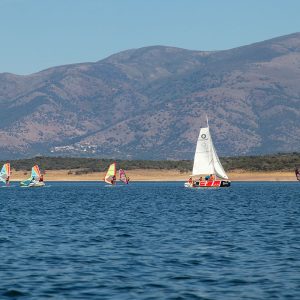
How to Navigate the Reservoirs of Cáceres
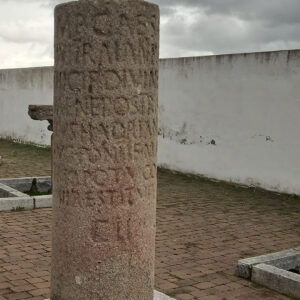
The Vía de la Plata Roman Road through the Caparra Mountains
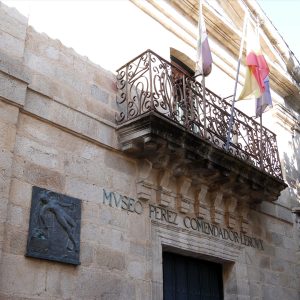
Perez Comendador-Leroux Museum
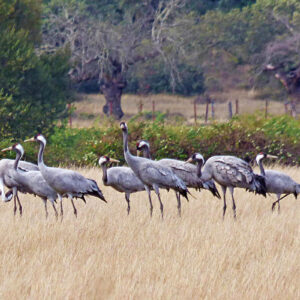
Diverse Birdlife in Ambroz-Cáparra

The Vía de la Plata Roman Road through Ambroz-Cáparra
